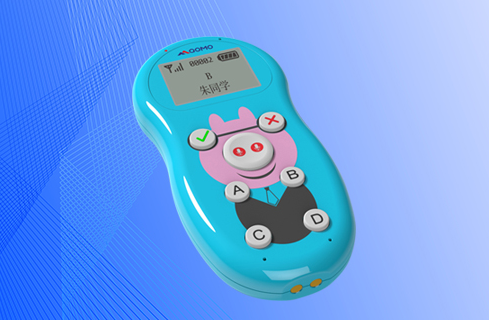In a bid to enhance student engagement, foster interactive learning experiences, and bridge learning gaps, educational institutions are increasingly turning to innovative solutions such as wireless response systems that empower students with real-time feedback capabilities. These systems, often referred to as “student remotes,” are revolutionizing classroom dynamics by promoting active participation, assessing comprehension levels, and enabling educators to tailor their teaching strategies to meet the individual needs of students.
The integration of wireless response systems in classrooms marks a significant shift towards a more dynamic and responsive educational environment. By providing students with handheld devices that allow them to respond to questions, quizzes, and polls instantly, these systems facilitate quick and efficient feedback loops between educators and learners. This instant feedback mechanism not only encourages student participation but also enables teachers to gauge student understanding in real time, identify areas that require further explanation, and adapt their teaching approach accordingly.
One of the key advantages of student remotes is their ability to promote active learning through interactive engagement. By enabling students to actively participate in classroom activities and assessments, these wireless response systems transform passive listeners into engaged contributors. Whether it’s answering multiple-choice questions, sharing opinions on topics, or collaborating on group activities, students are empowered to take ownership of their learning journey and actively contribute to the collective understanding of the subject matter.
Moreover, wireless response systems play a crucial role in promoting inclusivity and equity in education. By providing all students with a voice and a platform to express their thoughts and opinions, regardless of their background or learning preferences, these systems ensure that every student is given an equal opportunity to engage with the material, receive personalized feedback, and benefit from a more tailored learning experience. This inclusivity not only fosters a sense of belonging and participation among students but also helps educators address diverse learning needs within the classroom.
Another significant benefit of wireless response systems is their capacity to gather real-time data on student performance and comprehension. By collating and analyzing the responses provided by students through these devices, educators gain valuable insights into student progress, areas of strength, and areas that may require further reinforcement. This data-driven approach to assessment and feedback enables educators to make informed decisions about instructional strategies, interventions, and academic support, leading to improved learning outcomes for all students.
As educational institutions continue to embrace the potential of student remotes and wireless response systems, the landscape of education is undergoing a transformative evolution. By harnessing the power of technology to promote engagement, assess comprehension, and personalize learning experiences, these systems are empowering both educators and students to collaboratively navigate the complexities of the modern educational landscape. With a focus on enhancing student engagement, promoting active learning, and fostering inclusivity, wireless response systems are shaping the future of education, one interactive click at a time.
Post time: Jun-13-2024




